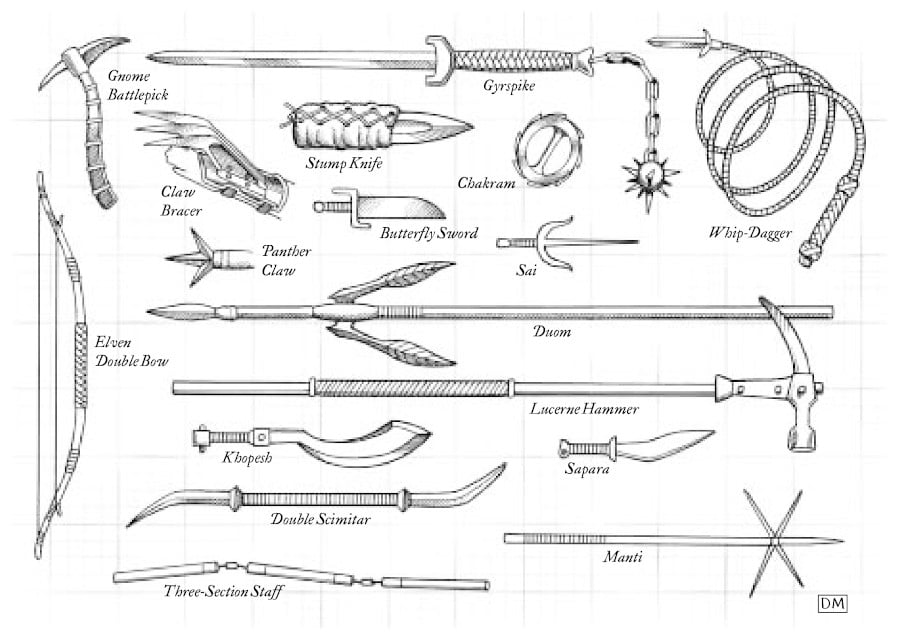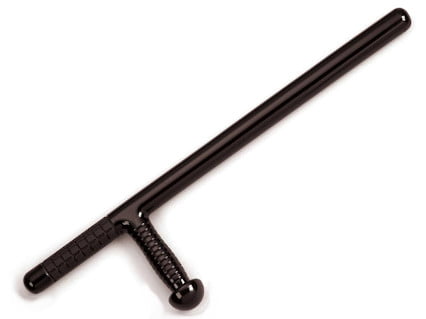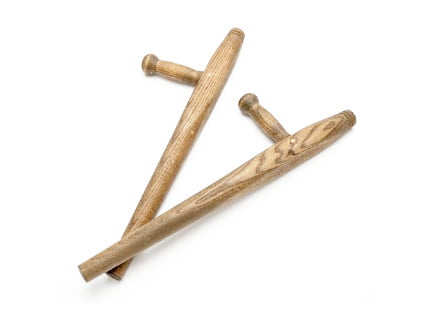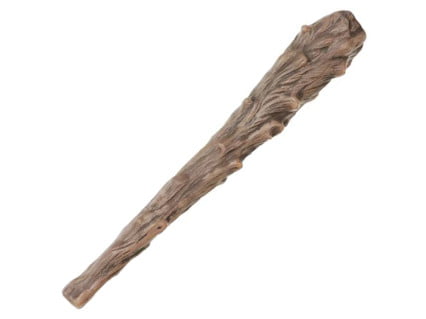Dungeons & Dragons is a game about creating a shared, temporary, fictional, consensus reality with your friends and ceding authority to manage the apersonal elements of that reality with one of your friends who can be trusted to use that trust in order to direct a narrative that provides satisfying engagement for the whole of the group, as I’ve always said. Part of that consensus reality is therefore the idea of managing what is and what constitutes normal, which is, overwhelmingly often, done with literal no rules or insight into how reality functions on an intrinsic level. You do not need rules for gravity (check flying rules, p56), you do not need rules for what dying means (check the head-in-a-bucket rager, p114), you do not need rules for why a culture wants a rightful king in power (check bend-at-the-knee p1312). The fictional reality does not have a different set of mathematic rules underpinning their reality (though you can make a case that that’s what a D20 is if you’re very meta and boring), light and vision do not behave differently, planets whirl and matter can be touched.

Rather, the reality of D&D is a collection of signifiers of the very small set of differences between our reality and theirs, and that is, in part, established with rules that recognise the conventional vision of what is or is not normal, most often represented by the tools that are of interest to adventurer player characters. It is in this regard that the weapon proficiency system tells you what is normal and what is other.
Some weapons are simple. Some weapons are martial, you know, because they’re made for fighting, unlike all the other weapons. Some weapons are exotic. Exotic weapons, you don’t just get for being a ‘go fight a thing’ character. Fighters, barbarians, rangers, paladins, psychic warriors, and a host of prestige classes just get ‘all martial weapons,’ a category that in 3rd edition contains a collection of bows, Longsword, the Greatsword, the Shortsword, the Rapier and nobody cares about anything else. It’s a big category with cool weapons in it but the weapons are, in 3rd edition, inadequately differentiated. The only issue is mathematically speaking, none of them matter aside from those baselines of longsword-and-variants. This is because, at the time, the mindset of the developers was that, depending on what angry forum thread you found them talking in, those weapons were the most historically successful, so they were going to be the best, mathematically, for any given player to pick up.
Also, there’s a non zero chance Sean K Reynolds is reading this and I hope nodding along going ‘more or less.’
Anyway, point is that these weapon selections say ‘these are the weapons everyone knows how to use,’ and ‘these weapons are about this good.’ These weapons set the standard for how players engaged with the game. Then there was a tier of weapons where if you wanted to use any of them you needed specialised training, spending one of your limited supply of feats to wield it, which means these weapons are harder to use than the conventional martial sets.
The Arms and Equipment Guide presents us with the tonfa, an exotic category weapon that is small, deals a d6 damage, and… that is it. A monk can use it to make ‘monk attacks,’ which is, do more attacks, for less damage than their fists do. This is why it’s an exotic weapon.
Now let me present to you a quick bit of visual comparison: A club, which the game considers a medium weapon worth 0 gold, that deals 1d6 damage, and is so simple anyone can use it, a police baton, a modern weapon made out of fiberglass, and a tonfa, which again, is a small weapon that deals 1d6 damage and requires a feat to be wielded.
One of these is a weapon designed to be so immediately approachable that any plod can wield it and protect themselves. There’s a course to make the most of it, but it is still a weapon designed to be obviously useful for protecting yourself. One of them is a weapon that was carried by peasants because it let them hide a weapon as a tool. One of them is a plastic model of a wooden stick.
Tonfa are not ‘exotic.’ Tonfa were made by peasants to protect themselves from rich assholes with swords. Tonfa are the faintest step removed from ‘a club’ by a cross section, which you’ll find on even random sticks you find.
Tonfas, in third edition D&D, are complicated, technically difficult devices, which need specialised training and yield no special result. They are expensive in terms of their feat load and compared to clubs, infinitely more expensive. You will work harder to use tonfas and get worse results than a free club.
There is no reason for this.
There is no mechanical reason for this.
The only reason for tonfas to be treated this way is because you regard the tonfa as a mysterious weapon from a mysterious space. It’s impossible, it’s hard to understand, it’s confusing, it’s exotic.
This game system was racist to a stick.



2 Trackbacks